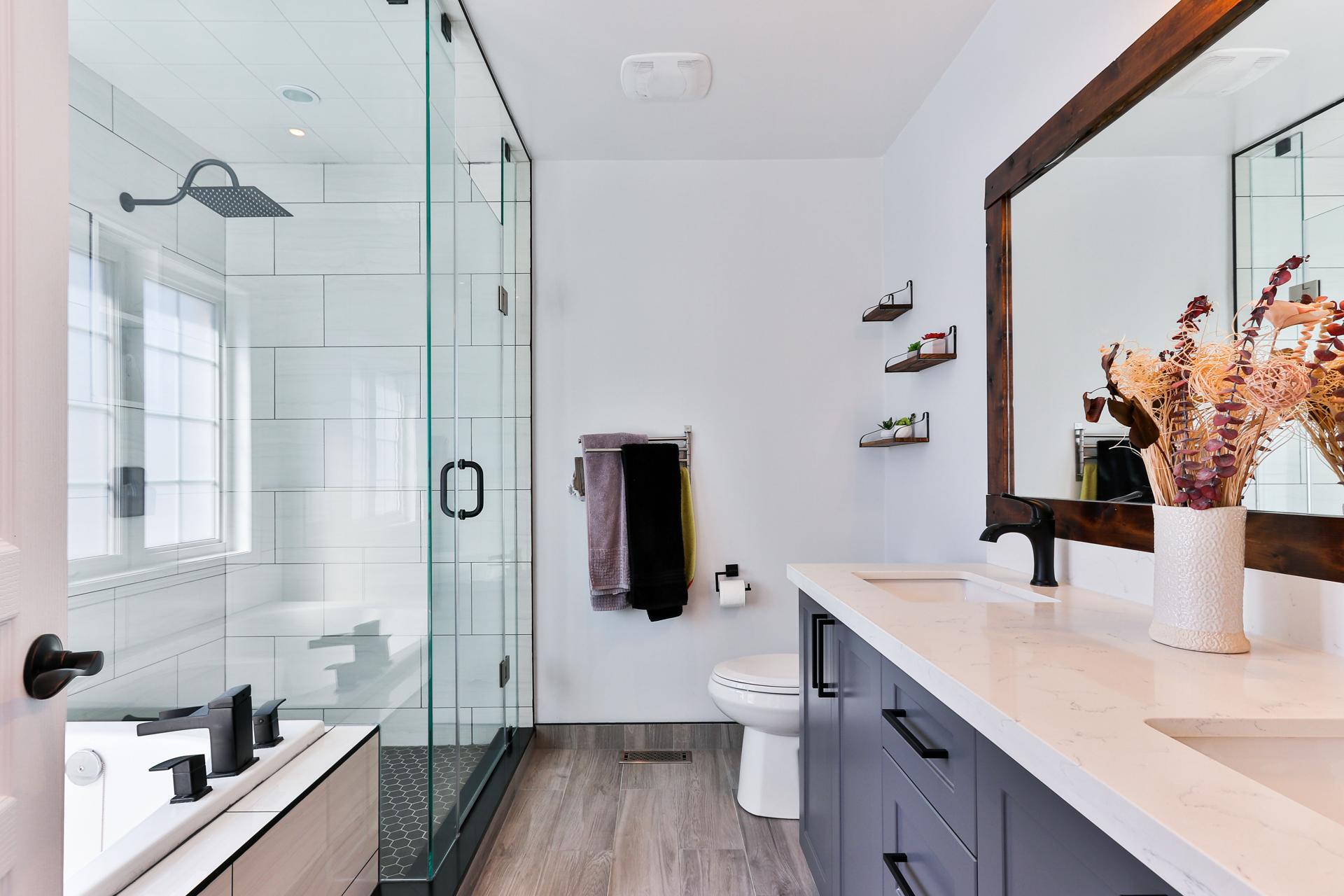Exploring Hot Water Plumbing: 101 Explained

Hot water plumbing is a vital element of our daily lives. We rely on hot water for a variety of reasons including showering, cleaning dishes and doing laundry. In this post, we’ll give you a basic understanding of the plumbing of hot water.
Heating Water Basics
Hot water plumbing refers to the system that delivers hot water to various areas of a building. It differs from cold-water plumbing because it requires heating water before it is distributed throughout the building. The major components of a hot-water plumbing system comprise the pipes, water heaters, fixtures, and valves. The water heater is the primary component of a hot-water plumbing system. It is the one that heats the water and stores it until it is needed. The pipes carry hot water from the heater to the fixtures such as faucets and showers. Valves are used to control the circulation of hot water while fixtures are used to disperse hot water to various parts of the building.
Different types of hot Water Heaters
There are three primary types of hot water heaters available on the market including tankless, storage tank, and heat pump water heaters. Tankless water heaters heat the water upon demand and don’t conserve hot water. Storage tank water heaters store hot water in tanks until they require. Water heaters with a heat pump use electric power to transmit heat through the ground or the air to heat the water. Every kind of water heater is hot and has its pros and cons. Tankless water heaters are more energy-efficient and last longer however, they are more costly. Storage tank water heaters are more affordable, however they are less durable and aren’t as efficient in energy use. Heat pump water heaters are the most energy-efficient but may not be suitable for colder climates.
Maintenance of Hot Water Pipes
Regular maintenance is crucial in order to make sure that the hot water plumbing system functions well and effectively. Some tips for maintaining a hot water plumbing system includes checking for leaks, flushing the tank, and replacing the anode rod. It is crucial to check for leaks to prevent water damage , and to ensure that the hot water plumbing system is not wasting water. Flushing the tank removes sediment and mineral buildup, which reduces the effectiveness that the heater is able to provide. The anode rod is constructed to prevent corrosion and should be replaced at least every few years.
Troubleshooting Hot Water Plumbing Issues
Common issues that can arise in hot water plumbing systems are a lack of hot water or low pressure. If you notice a shortage in hot water pressure, this could be caused by malfunctioning heating elements or a faulty thermostat. The low pressure in your water can be caused by a clogged the valve or pipe. If you encounter any of these problems it is recommended you consult a professional plumber to identify and fix the issue.
Conclusion
Understanding the workings of hot water plumbing is essential in ensuring that the hot water system is operating properly and effectively. Regular maintenance and troubleshooting is important to avoid problems and extend the life of your hot water plumbing system.
The Hot Water Plumbing FAQ
How long will the lifespan of a hot water heater?
The lifespan of hot water heaters is contingent on the model and type. On average, a tank water heater lasts 8-12 years in comparison to tankless water heaters could last as long as 20 years.
How can I tell when your hot water heater requires to be replaced?
Signs that your hot water heater might need to be replaced include rust or corrosion in the tank. Other signs include leaks or strange sounds, and a deficiency in hot water. If you are experiencing any of these issues it is suggested that you speak with a professional plumber.
